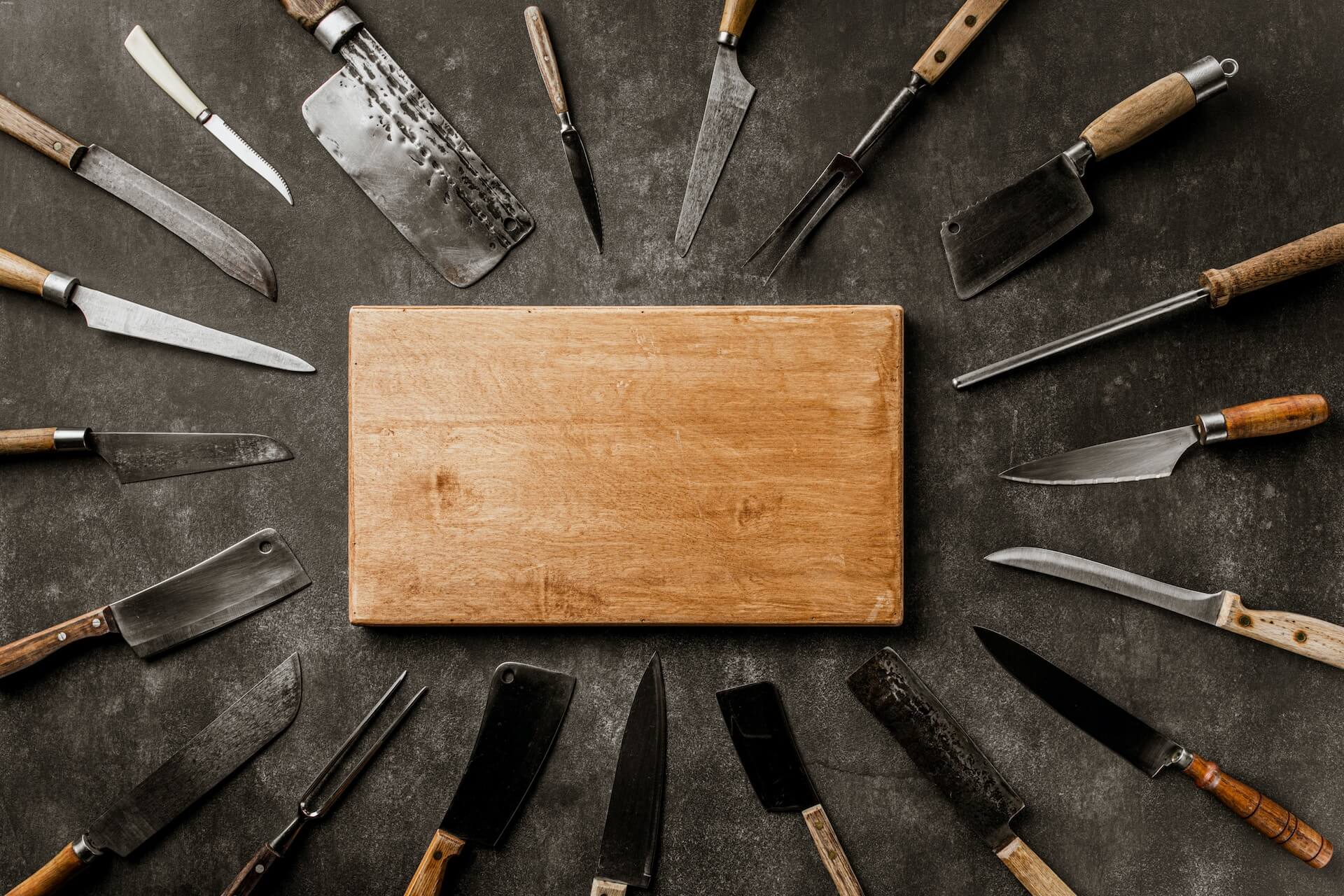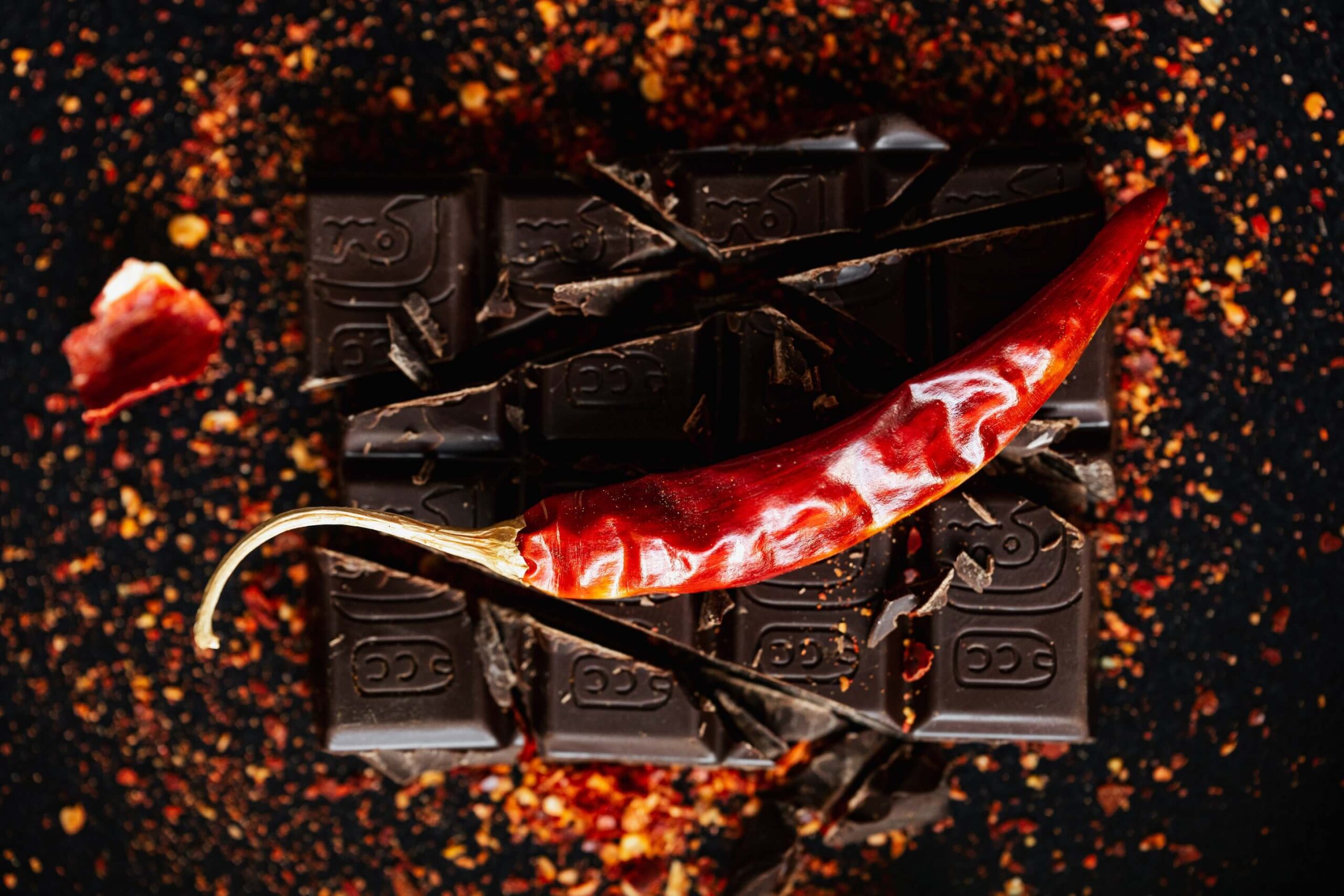Mastering the Art of Knife Skills: A Culinary Journey
by Nathen Dubé

In the realm of culinary arts, the knife is not merely a kitchen tool; it’s the extension of a chef’s hands, the paintbrush for a culinary masterpiece.
In the hand of a skilled chef, a knife is the instrument that transforms raw ingredients into delectable works of art.
Therefore, knife skills are the backbone of every great chef’s repertoire, and they form the cornerstone of culinary excellence.
In this exploration, we embark on a journey to unravel the significance of knife skills, the techniques that define them, and the artistry they enable in the culinary world.
The Role of Knives in Culinary Excellence
Knives are the most fundamental tools in any kitchen. They are the bridge between raw ingredients and the final dish, and their importance cannot be overstated.
Here are some key aspects of the role knives play in culinary excellence.
Precision and Consistency
Imagine a chef creating uniform, paper-thin slices of cucumber for an elegant salad. The precision required for such delicate work comes from mastering knife skills.
Consistency in slicing, dicing, and chopping ensures even cooking and a visually appealing presentation.
Efficiency
In a bustling restaurant kitchen, time is of the essence. Efficient knife skills enable chefs to prepare ingredients quickly and streamline the cooking process.
The ability to swiftly and skillfully handle a knife can make all the difference in meeting the demands of a busy service.
Safety
Knife safety is paramount in the culinary world.
Proper knife skills not only enhance efficiency but also minimize the risk of accidents. A chef with well-honed knife skills knows how to handle the blade safely, reducing the likelihood of cuts and injuries.
Artistry
Beyond their utilitarian functions, knives are tools of artistic expression in the culinary world.
A chef’s ability to craft intricate cuts and designs with a knife can elevate a dish from ordinary to extraordinary.
From garnishes to decorative vegetable carvings, knife skills allow chefs to showcase their creativity.
Essential Knife Techniques
Knife skills encompass a range of techniques, each serving a specific purpose in the kitchen.
Let’s delve into some of the fundamental knife skills that every chef should master.
1. The Pinch Grip
The pinch grip is the foundation of proper knife handling. It involves gripping the knife handle with three fingers while using the thumb and index finger to pinch the blade near the bolster.
This grip provides control and precision, allowing for accurate cuts.
2. The Rock Chop
The rock chop is a rhythmic cutting motion during which the knife’s blade rocks back and forth on the cutting board. It’s ideal for chopping herbs, garlic, and onions.
Mastering this technique involves maintaining a consistent rocking motion to achieve uniform cuts.
3. The Slice
Slicing is a technique used to create thin, even pieces of ingredients.
The key is to maintain a smooth, forward and backward motion of the knife while keeping the fingers tucked safely away from the blade.
4. The Julienne
Julienne is the art of cutting vegetables or fruits into long, thin strips, resembling matchsticks.
Achieving uniformity in julienne cuts requires precision and practice. This is a technique often used in salads and stir-fries.
5. The Dice
Dicing involves cutting ingredients into small, uniform cubes.
Chefs use this technique for creating perfectly diced onions, tomatoes, and other vegetables. It’s a fundamental skill in many classic recipes.
6. The Chiffonade
Chiffonade is a technique for slicing leafy greens or herbs into thin, ribbon-like strips. This technique is commonly used for garnishing soups, salads, and pasta dishes.
7. The Tourne
The tourne, also known as “turned” vegetables, involves creating seven-sided, oblong shapes from root vegetables like potatoes and carrots.
This technique showcases precision and artistry.
8. The Batonnet
Batonnet cuts involve creating evenly sized, rectangular sticks from ingredients like potatoes and cucumbers.
This technique is often used for making French fries and crudités.
The Journey to Mastery
Becoming proficient in knife skills is a journey that requires dedication, practice, and a commitment to precision.
Below are a number of essential tips for aspiring chefs on their path to mastering this art.
1. Start with the Basics
Begin by mastering the fundamental techniques, such as the pinch grip, slice, and rock chop.
These skills form the building blocks for more advanced cuts.
2. Invest in Quality Knives
A chef is only as good as their tools.
Invest in high-quality knives that are well-balanced and comfortable to handle. Regularly sharpen and maintain them to ensure optimal performance.
3. Practice, Practice, Practice
Knife skills improve with practice.
Set aside time to hone your cutting techniques regularly. Consider using inexpensive ingredients like potatoes and carrots for practice to minimize food wastage.
4. Seek Guidance
Don’t hesitate to seek guidance from experienced chefs or culinary instructors.
Taking a knife skills class or watching instructional videos can provide valuable insights and feedback.
5. Prioritize Safety
Safety should always come first.
Pay close attention to hand placement, keep your fingers tucked away from the blade, and use a cutting board with a non-slip surface.
6. Embrace Creativity
Once you have mastered the basics, allow your creativity to flourish.
Experiment with decorative cuts and intricate garnishes to add flair to your dishes.
Knife Skills in the Professional Kitchen
In professional kitchens, the importance of knife skills is not up for debate. Chefs in high-end restaurants are expected to demonstrate exceptional precision and speed when handling knives.
Here’s how knife skills come into play in the professional culinary world.
Speed and Efficiency
In a busy restaurant kitchen, the ability to prep ingredients quickly and efficiently is essential.
Knife skills enable chefs to meet the demands of a fast-paced environment while maintaining quality.
Consistency
Consistency is crucial in ensuring that every dish leaving the kitchen meets the restaurant’s standards.
Uniform cuts, achieved through precise knife skills, contribute to consistent cooking times and presentation.
Artistry and Presentation
Fine-dining establishments often emphasize presentation as much as taste.
Knife skills allow chefs to create intricate designs and garnishes that enhance the visual appeal of each dish, turning it into a work of art.
Safety in High-stress Environments
Professional kitchens can be high-stress environments.
Chefs with excellent knife skills can handle the pressure more effectively and safely, reducing the risk of accidents.
Knife Skills for Home Cooks
While professional chefs rely on knife skills in their daily work, these skills are equally valuable for home cooks.
Whether you’re preparing a simple family meal or hosting a dinner party, below you’ll find how knife skills can elevate your home cooking.
Save Time and Effort
Efficient knife skills allow you to prep ingredients more quickly, making meal preparation a breeze even on busy weeknights.
Elevate Home Cooking
Mastering knife skills enables you to create restaurant-quality dishes at home.
You can impress your family and guests with beautifully plated meals.
Safety and Confidence
Proper knife skills at home reduce the risk of accidents and boost your confidence in the kitchen.
Experimentation and Creativity
With the right knife skills, you can experiment with different cuts and techniques, adding variety and creativity to your home-cooked meals.
Conclusion
In the world of culinary arts, knives are not just tools; they are extensions of a chef’s creativity and skill.
Knife skills are the foundation of culinary excellence, enabling chefs to transform ingredients into works of art.
Whether you aspire to be a professional chef or simply want to elevate your home cooking, mastering knife skills is a journey worth embarking on. It’s a journey of precision, creativity, and the pursuit of culinary perfection—a path that leads to the heart of the culinary world, where the artistry of knives comes to life.
As you embark on your own culinary journey, remember that every slice, chop, and dice brings you one step closer to mastering the art of knife skills—an art form that transcends the kitchen and allows you to create culinary magic with every cut.
So, sharpen your knives, practice your techniques, and let your culinary creativity flourish. The world of flavors and possibilities awaits at the tip of your blade.
Image: Sergey Kotenev on Unsplash




